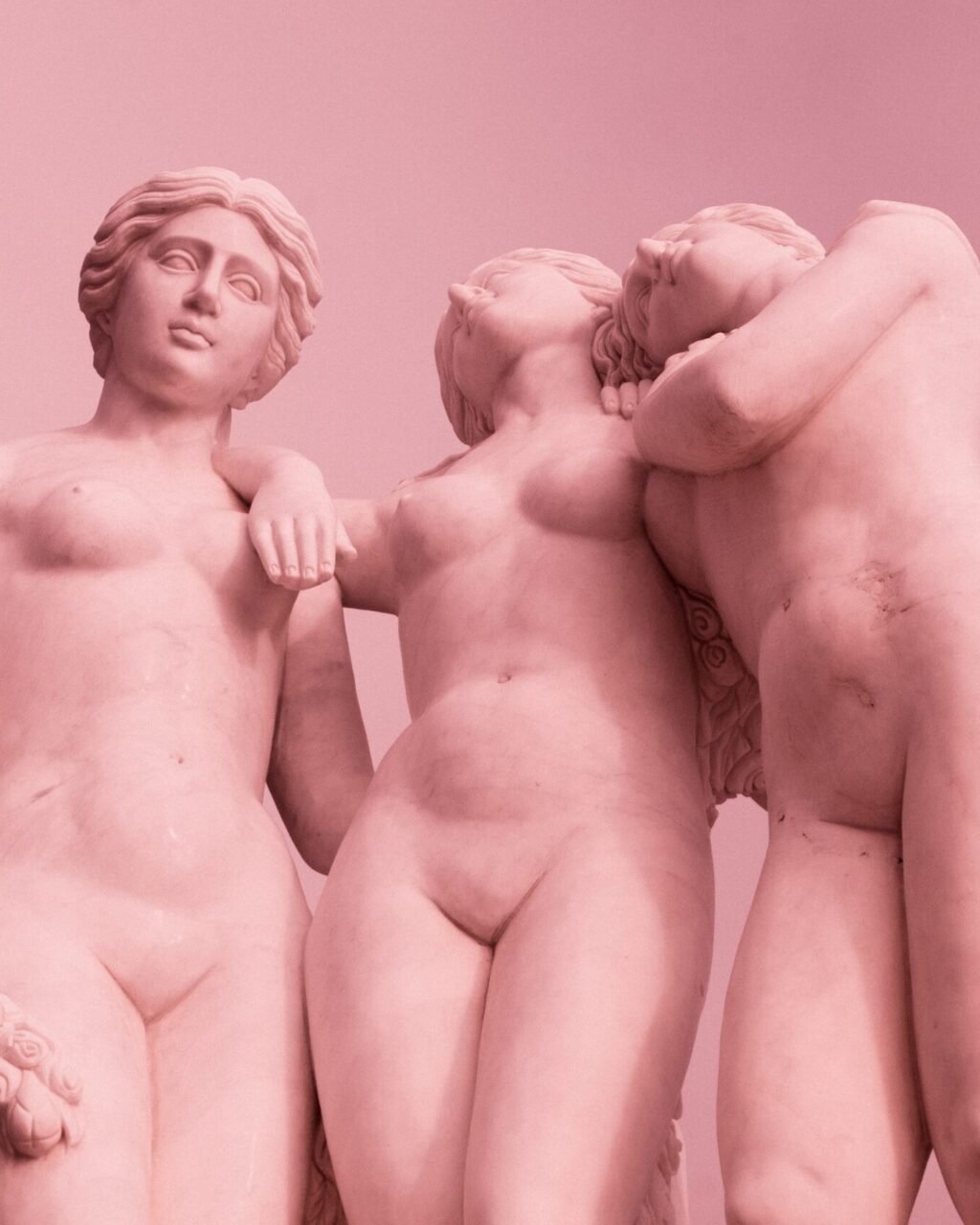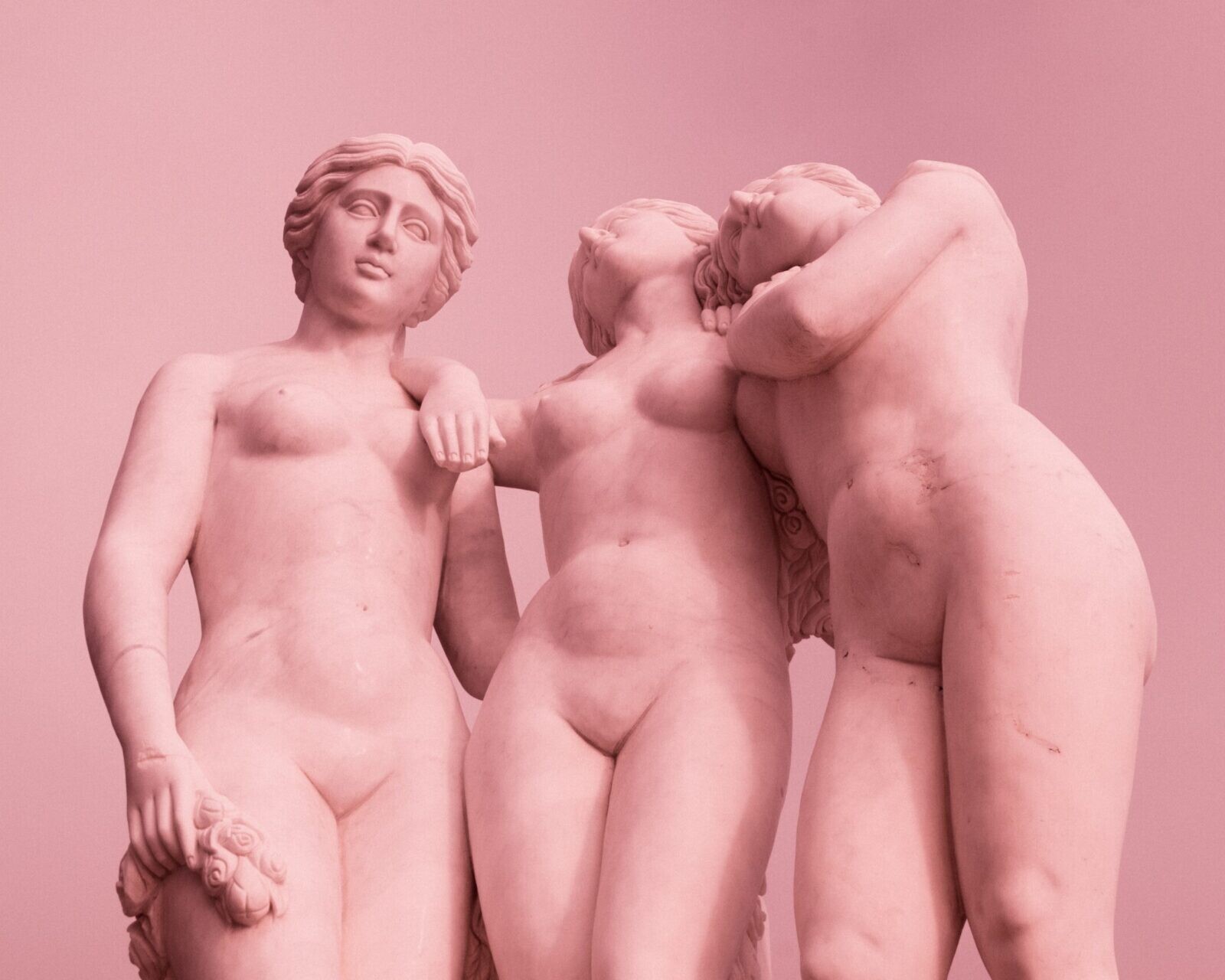The Influence of Hellenistic Art: From Ancient Greece to Modern Sculpture


Introduction
Hellenistic art refers to the art produced during the Hellenistic period, which spanned from 323 BCE to 31 BCE and was characterized by Greek influence and the division of Alexander the Great’s empire. In this article, we will explore how Hellenistic art has influenced modernDefinition: Modernità encompasses the historical period tha... More sculpture, examining the main characteristics of Hellenistic art, its impact on the development of the modernDefinition: Modernità encompasses the historical period tha... More art movement, and the subjects and styles prevalent in Hellenistic sculpture.
Overview of Hellenistic Art
The Hellenistic period witnessed the expansion of Greek influence and the dissemination of Greek ideas to various regions, with Koine Greek serving as a common language. Hellenistic art encompassed a wide range of artistic styles and subjects, including sculpture, painting, and architecture. Sculpture during this period became more naturalistic and expressive, depicting extremes of emotion and everyday life. Some famous sculptures from the Hellenistic period include Laocoön and His Sons, Venus de Milo, and the Winged Victory of Samothrace.
The Hellenistic period was characterized by a departure from the idealized forms of the earlier Classical period. Artists began to focus on capturing the individuality and emotions of their subjects, resulting in sculptures that were more dynamic and realistic. This shift towards naturalism and expressiveness set the stage for the development of modernDefinition: Modernità encompasses the historical period tha... More sculpture.
Influence of Hellenistic Art on Modern Sculpture
Hellenistic art has greatly inspired and influenced modernDefinition: Modernità encompasses the historical period tha... More sculpture, leading to a shift towards naturalism and expressive forms. ModernDefinition: Modernità encompasses the historical period tha... More sculptors have incorporated techniques and principles from Hellenistic art, such as dynamic silhouettes and the contrapposto stance, in their works [2]. For example, Auguste Rodin’s renowned sculpture “The Thinker” exhibits the influence of Hellenistic art in its expressive depiction of a contemplative figure.Similarly, Henry Moore’s abstract sculptures reflect the influence of Hellenistic art in their emphasis on dynamic forms and movement.
One specific example of the influence of Hellenistic art on modernDefinition: Modernità encompasses the historical period tha... More sculpture is the work of Antony Gormley. Gormley’s sculptures, such as “Angel of the North” and “Another Place,” draw inspiration from the naturalistic and expressive qualities of Hellenistic art. His figures, often depicting the human form, are characterized by their dynamic poses and emotional depth, reminiscent of the sculptures of the Hellenistic period.
Impact of Hellenistic Art on the Modern Art Movement
Hellenistic art played a significant role in challenging traditional artistic conventions and paving the way for new artistic expressions during the modernDefinition: Modernità encompasses the historical period tha... More art movement. It not only influenced sculpture but also had an impact on other art forms, such as painting and architecture, during this period. The lasting legacy of Hellenistic art can be seen in its influence on artists throughout history, including those of the RenaissanceOrigin: The term "Renaissance" was deeply influenced by the ... More and Baroque periods. The exploration of emotions, the emphasis on individualism, and the departure from classical norms in Hellenistic art set the stage for the development of new artistic movements in subsequent centuries.
The modernDefinition: Modernità encompasses the historical period tha... More art movement, which emerged in the late 19th and early 20th centuries, was characterized by a rejection of traditional artistic norms and a focus on personal expression and experimentation. Artists such as Pablo Picasso, Wassily Kandinsky, and Salvador Dali were influenced by the emotional intensity and individualistic approach of Hellenistic art. They sought to break free from the constraints of representation and explore new ways of depicting the human form and expressing their inner thoughts and emotions.
Themes and Subjects in Hellenistic Sculpture
Hellenistic sculpture depicted a wide range of subjects, including mythological figures, ordinary people, and conquered individuals.There was an emphasis on capturing emotions and portraying violent themes. ModernDefinition: Modernità encompasses the historical period tha... More sculptures often explore similar themes and subjects, drawing inspiration from the Hellenistic period. The influence of Hellenistic sculpture can be seen in contemporaryContemporary, mirroring the German notion of "Zeitgenosse" -... More artworks that aim to evoke strong emotions and depict diverse aspects of human experience.
For example, the sculptor Louise Bourgeois often explored themes of vulnerability, anxiety, and the complexities of human relationships in her works. Her sculptures, such as “Maman” and “Cell XXVI,” bear a resemblance to Hellenistic sculptures in their emotional intensity and their exploration of the human condition.
Hellenistic Architecture: Influence on Sculpture
Hellenistic architecture, characterized by large urban plans, parks, theaters, and monumental temples, also had a significant influence on sculptural elements. The decorative motifs and monumental scale seen in Hellenistic architecture found their way into sculptures of the period. In modernDefinition: Modernità encompasses the historical period tha... More sculpture, architectural elements inspired by Hellenistic art, such as the use of columns, arches, and friezes, are often incorporated to add depth and visual interest to the artwork.
One example of Hellenistic architectural influence on modernDefinition: Modernità encompasses the historical period tha... More sculpture is the work of Anish Kapoor. Kapoor’s sculptures, such as “Cloud Gate” and “ArcelorMittal Orbit,” often incorporate architectural elements that reference Hellenistic architecture. These elements not only add structural support to the sculptures but also create a dialogue between the artwork and its surroundings, much like the monumental sculptures of the Hellenistic period.
Different Mediums and Techniques in Hellenistic Art
Recent archaeological discoveries have shed light on the use of various mediums and techniques in Hellenistic art. In sculpture, techniques such as opus tessellatum and opus vermiculatum were employed in the creation of intricate mosaics. These materials and techniques used in Hellenistic art have had a lasting impact on the development of modernDefinition: Modernità encompasses the historical period tha... More sculpture, influencing the choice of materials and the approach to sculptural techniques.
One artist who has been influenced by the diverse mediums and techniques of Hellenistic art is Ai Weiwei. Weiwei’s sculptures often incorporate unconventional materials, such as porcelain, marble, and wood, in a way that echoes the experimentation and innovation of Hellenistic artists. His use of these materials adds depth and texture to his sculptures, creating a tactile experience for the viewer.
Conclusion
The influence of Hellenistic art on modernDefinition: Modernità encompasses the historical period tha... More sculpture is undeniable, with its emphasis on naturalism, expressive forms, and exploration of emotions. Hellenistic art challenged traditional artistic conventions and paved the way for new artistic expressions during the modernDefinition: Modernità encompasses the historical period tha... More art movement. Its impact can be seen in the themes, subjects, and techniques employed in contemporaryContemporary, mirroring the German notion of "Zeitgenosse" -... More sculptures.